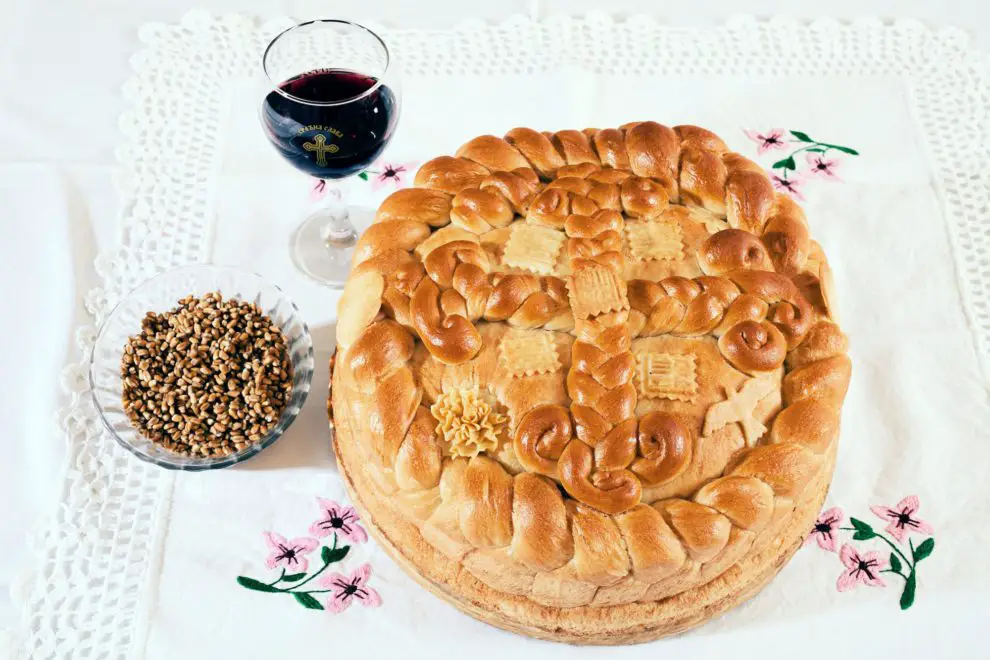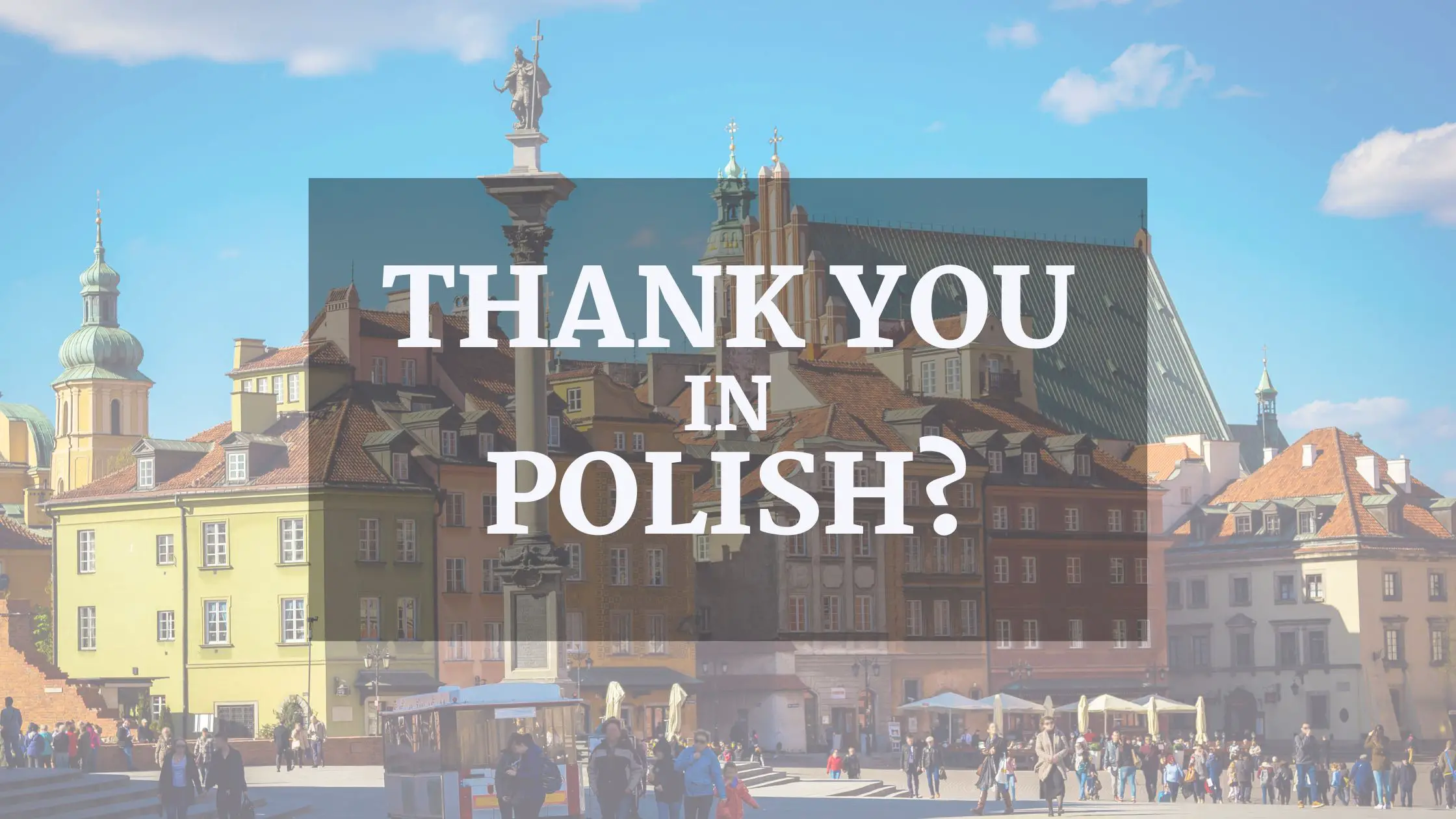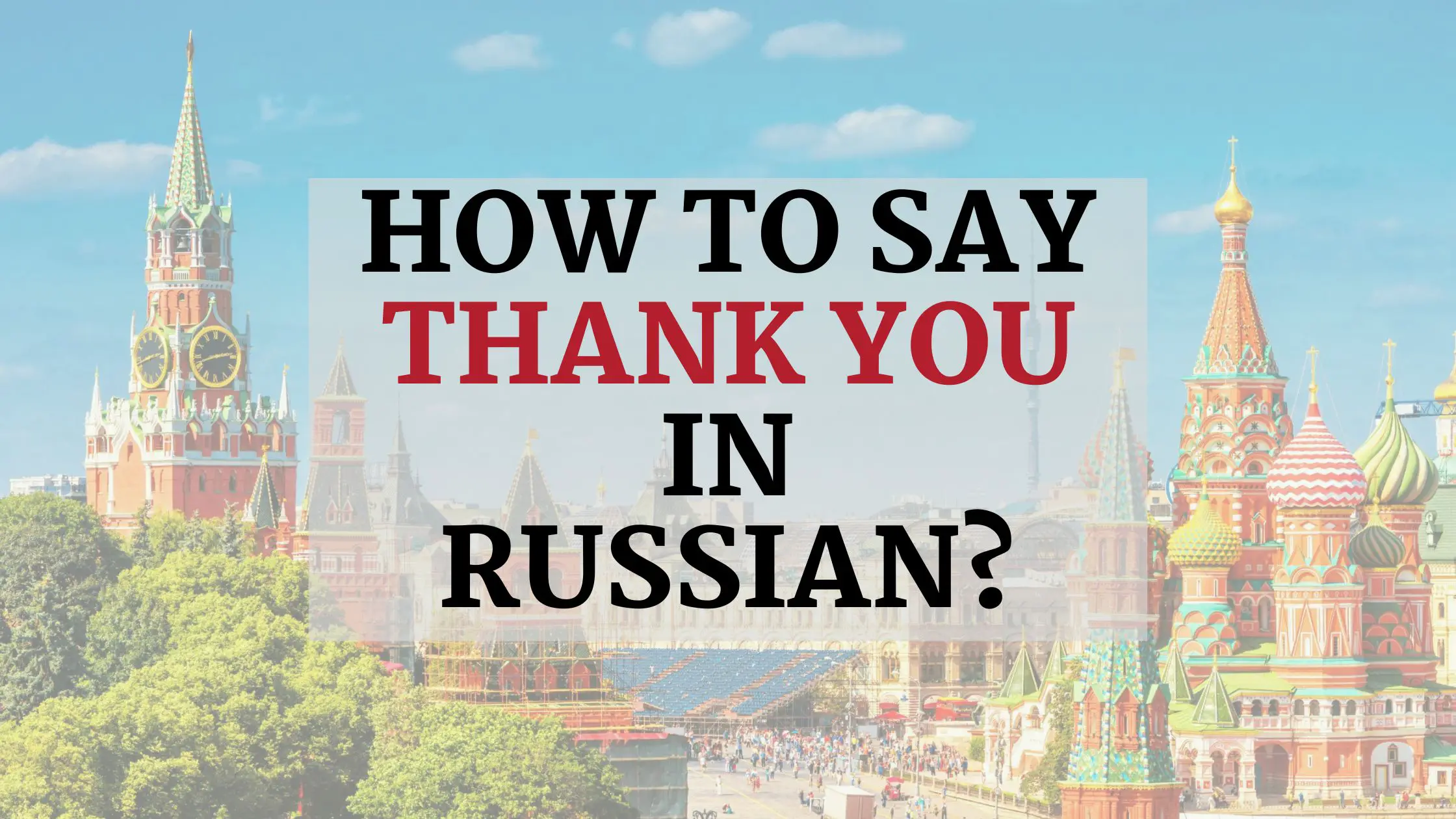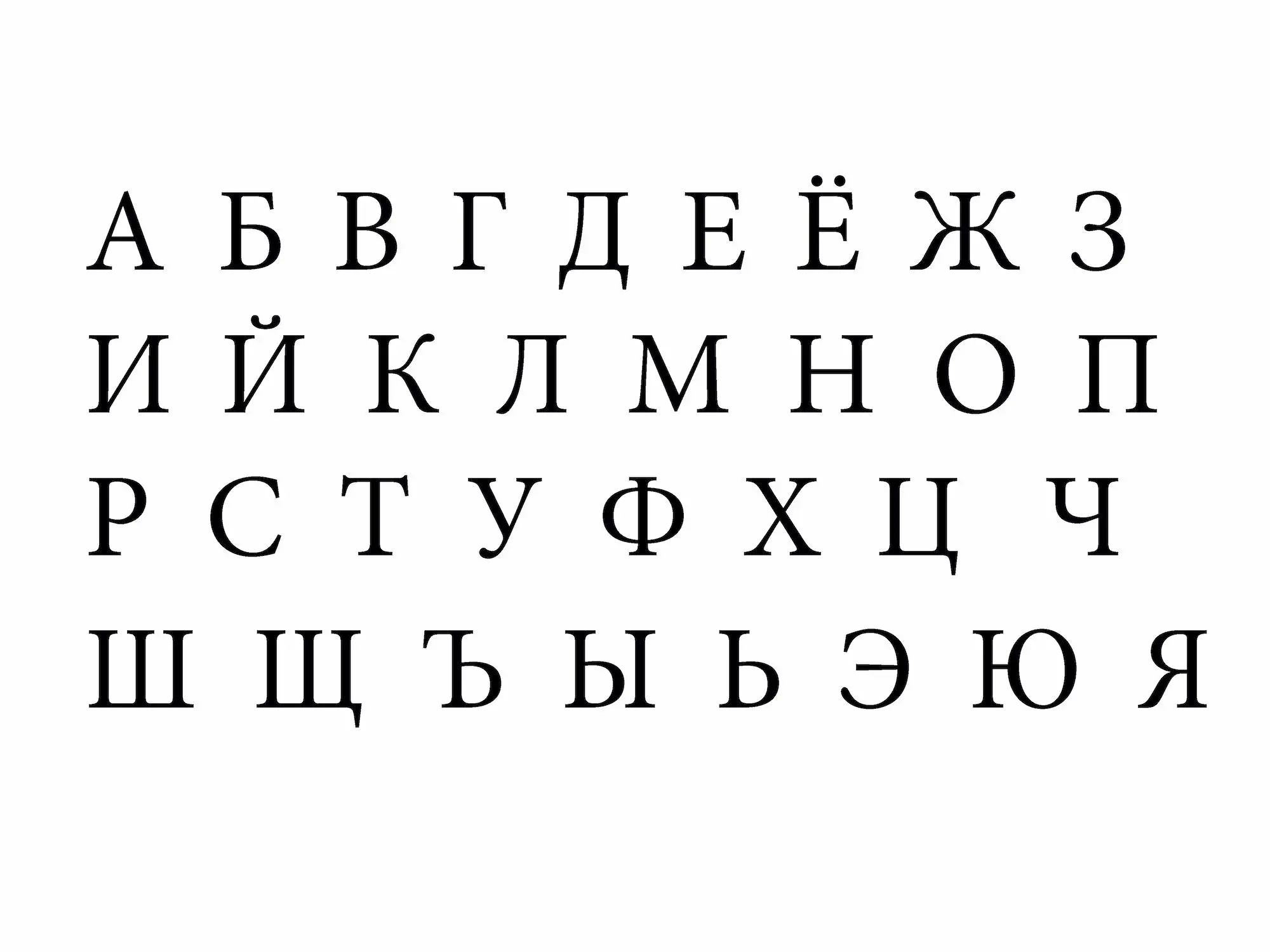Serbian Slava, (also known as Krsna Slava) is a family holiday dedicated to a Christian saint (The holy Slava) who is considered the patron, donor, and protector of the house.
The most commonly celebrated saints are St. Nikola, Arandjelovdan, Đurđevdan, St Michael, St John, St Petka, St George, etc. There are many Serbian saints as this country is very religious.
Krsna Slava is considered one of the most important elements of the Serbian tradition, deeply rooted in Serbian ethnic identity and religion. Even though Serbians accepted Christianity, there are still pagan roots in their contemporary customs.
According to some anthropologists, Slava is an old custom, which was practiced by the old Slavs. Slava, literally translated means honor. It took its contemporary form after Serbian people accepted Christianity.
If you are interested in the culture and religion of Slavs before Christianisation check out these articles: Slavic Symbols & Their Meaning or Gods of the Slavic Mythology.
Table of Contents
Serbian Slava – A Special Day
The word “Slava” (Serbian Слава) also means celebration. It is a joyous day for the family who pays respect and honor to their saint and family patron. Every family has its own saint. The name of the saint becomes the name of their Slava.
For that day, the family prepares a feast and hosts their guests – close friends and extended family.
Traditional slava in the past lasted three days. Today, the usual celebration lasts for one day. Some families celebrate two days if they have more guests (some guests never leave the house in which case the hosts are very frustrated).
Main Customs of Slava
The family usually celebrates Slava, that is, their patron saint. But it is not strange if a family has two or more celebrations per year. Those other slava celebrations are named preslave or prislave (it is Slava but on a much smaller scale).
Slava and Preslava can be inherited and elected in a few ways. The most common is an inheritance from the father to his son. Also, the family members can inherit Slava through the land, house, or by marriage.
Serbian people have a deep respect for their patron saint. There is an unwritten rule that family Slava should be celebrated in the best possible way, even if the family is not doing well financially (you have to pay your respect to your family saint).
In that sense, there is a Christian legend about a poor man who organized Slava with dignity and has been rewarded by his patron saint.
There is a similar legend of a rich man who has been abandoned by his patron saint for not showing him enough respect (when you’re a saint money doesn’t mean much).
Slava in Serbia varies from place to place and it’s quite difficult to determine the valid rules of this holiday. However, some elements stand out as traditional and unavoidable.
Every Slava has to have a slava cake (Serbian slavski kolač), slava candle, slava or boiled wheat (Serbian koljivo), and red wine.
Boiled wheat and red wine are necessary elements on the day of the celebration. The guests are eating the wheat upon their arrival and have a sip of wine (it would be a strange custom if the guest tried the wine first).
Slava Cake
The slava cake or slavski kolač is the central element of the event. You cannot make Slava without it (I mean, you could, but many Serbs would think that you didn’t honor the customs and your ancestors). How is this cake made?
It’s like а bread, but unlike bread, it has a round shape like a Serbian Orthodox Church. Slava cake is made with special “holy” water which was consecrated by the priest, day before the event.
After being baked, the cake is decorated with Christian symbols such as a cross or a dove, made of white dough.
Breaking the Cake
Breaking the Cake is the crucial custom of the Krsna Slava, even today. In some parts of Serbia, people break the cake in the morning at the Serbian orthodox church or during lunch at home.
Breaking the cake is performed by the head of the household in cooperation with the priest or with the other family members. Before you cut it crosswise, the cake should be turned from left to right three-time [1].
After breaking the cake everybody gets a piece of it, and some pieces stay in the house for prosperity.
Candle
For this occasion, the candle should be made of real wax and should be 50-60 cm long. It is specially decorated with the symbol of a patron saint.
The candle is lit around noon on the day of the celebration. It is a tradition that the householder lights up the slava candle. Just before lighting it, he kisses the candle and prays to God.
The candle and its light symbolize the light of Christ. The candle burns all day throughout the celebration.
Like many orthodox Christians, Serbs lit their candles to also mourn their deceased family members.
Toasting
Today, this ritual is common in all parts of Serbia. Traditionally, the first toast is primarily performed by the head of the household after he breaks the cake.
He raises his glass high in the air, wishing good health to all the guests and, paying his respect at the same time to Jesus Christ and patron saint.
Krsna Slava is a ritual of sacrifice, but it’s celebrated as a day for the living. Putting glasses high in the air during the toast (Serbian Dizanje u slavu) is an indicator of the relation between a family on one side and God and a patron saint on the other.
Families symbolically sacrifice the food they prepared in exchange for good fortune and prosperity of the family (like Thanksgiving day).
Slava and Saint Sava Cult
Traditional Krsna slava was not always a family celebration in the form we know it today. Before 13-century people celebrated it in a different way [2].
The person who reformed the Serbian Orthodox church was Saint Sava, who was the first Serbian archbishop.
This reform has shaped the slava celebration in its present form. Before the reformation, people sacrificed animals as a part of the celebration.
St Sava banned this kind of pre-Christianity custom and those who wanted to sacrifice an animal were sent home. Animal sacrifice was transformed and put under control by the local priests.
The Bottom Line
We came to the end of this article. You’ve learned a lot of things about this family holiday. Serbian Slava was well prepared and enjoyed with family and friends at home.
Today, customs and traditions are a bit different but Serbian people still honor their ancestors and saints through this event.
References
- https://ich.unesco.org/en/RL/slava-celebration-of-family-saint-patrons-day-01010
- https://www.serbianprivatetours.com/krsna-slava-the-celebration-of-patron-saints-day/













